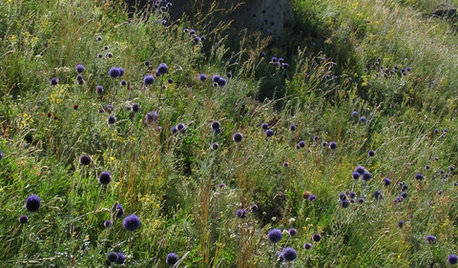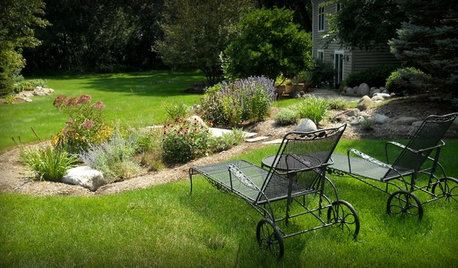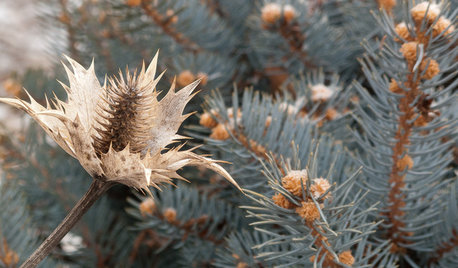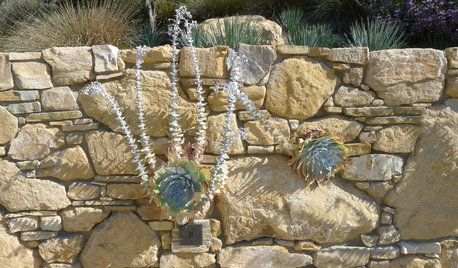rubus parviflorus - Invasive?
maplecat
13 years ago
Related Stories

GARDENING GUIDES5 Weed-Smothering Ground Covers
Let these landscape plants do the dirty work of choking out weeds while you sit back and enjoy the view
Full Story
GRASSESLet Nature Inspire Your Landscape: Grasslands to Garden
Don't struggle with trying to artfully match flowers and grasses for a garden design — just look to the source
Full Story
LANDSCAPE DESIGNHow to Design a Rain Garden That Loves Stormy Weather
Rain gardens have a special type of planting bed that drains rainwater. These tips can keep yours looking great
Full Story
WINTER GARDENINGInspiring Winter Scenes From the Denver Botanic Gardens
Use seed heads, bare branches and grasses to design lovely garden displays when the ground is frozen
Full Story
PLANTING IDEASPlanting Ideas: Life in the Crevices
Discover the beautiful planting opportunities hidden in rock walls, paver spaces and other garden gaps
Full StoryMore Discussions








gardengal48 (PNW Z8/9)
maplecatOriginal Author
Related Professionals
Deer Park Landscape Architects & Landscape Designers · Forest City Landscape Architects & Landscape Designers · Azalea Park Landscape Contractors · Cornelius Landscape Contractors · East Hanover Landscape Contractors · East Lake-Orient Park Landscape Contractors · Lebanon Landscape Contractors · Arroyo Grande Fence Contractors · Cherry Hill Fence Contractors · Crofton Fence Contractors · Fort Worth Fence Contractors · Fountain Hills Fence Contractors · Gresham Fence Contractors · Sandy Fence Contractors · Silver Spring Fence ContractorsGeorge Three LLC
maplecatOriginal Author
Embothrium
hemnancy
larry_gene
Embothrium
maplecatOriginal Author